Description
*Callister’s Materials Science and Engineering* refers to the textbook *Materials Science and Engineering: An Introduction*, authored by William D. Callister. This book is widely used in introductory materials science courses, providing a comprehensive overview of the fundamentals of materials science and engineering.
### Key Features of Callister’s Textbook:
1. **Comprehensive Coverage**: The textbook covers a broad range of topics related to materials science, including the structure of materials, the properties of materials, and the relationship between the two. It also delves into the processing, performance, and design of materials in various engineering applications.
2. **Clear Explanations**: One of the book’s standout features is its clear and accessible writing. It uses simple language, diagrams, and real-world examples to explain complex concepts in materials science.
3. **Focus on Structure-Property-Processing-Performance**: The book emphasizes the interrelationship between a material’s structure, its properties, the processing techniques used to shape it, and its performance in real-world applications.
4. **Applications-Oriented**: It relates theory to practical engineering problems, showing how materials are selected, processed, and used in applications like aerospace, electronics, biomedical engineering, and more.
5. **End-of-Chapter Problems**: The book contains numerous problems and exercises that help students reinforce their understanding of the material and apply concepts to real-world situations.
6. **Visuals and Diagrams**: Many figures, charts, and tables are used throughout the textbook to illustrate key points and to support visual learners.
### Main Topics Covered:
– **Atomic Structure and Bonding**: Basic concepts about atoms, bonds, and their effect on material properties.
– **Crystallography and Diffusion**: Understanding how the arrangement of atoms affects the properties of materials, including crystal structures and diffusion processes.
– **Mechanical Properties of Materials**: Topics such as stress, strain, elasticity, plasticity, and hardness.
– **Materials Types**: Discussions of metals, ceramics, polymers, and composites, including their properties and uses.
– **Phase Diagrams and Phase Transformations**: Examining the phase behavior of materials under various conditions.
– **Heat Treatment and Material Processing**: Understanding how heat treatment processes like annealing, quenching, and tempering affect material properties.
– **Electronic, Magnetic, and Optical Properties**: Understanding how materials interact with electricity, magnetism, and light.
– **Environmental Degradation and Corrosion**: Exploring the impact of environmental factors on material performance and longevity.
### Editions:
The textbook has gone through multiple editions, each with updated content, new sections, and revised problems to reflect the advances in materials science and engineering. The editions are named by the year of release, such as the 9th edition or the 10th edition.
If you’re studying materials science, this book is a great resource for both theoretical understanding and practical applications, often considered a standard in the field.
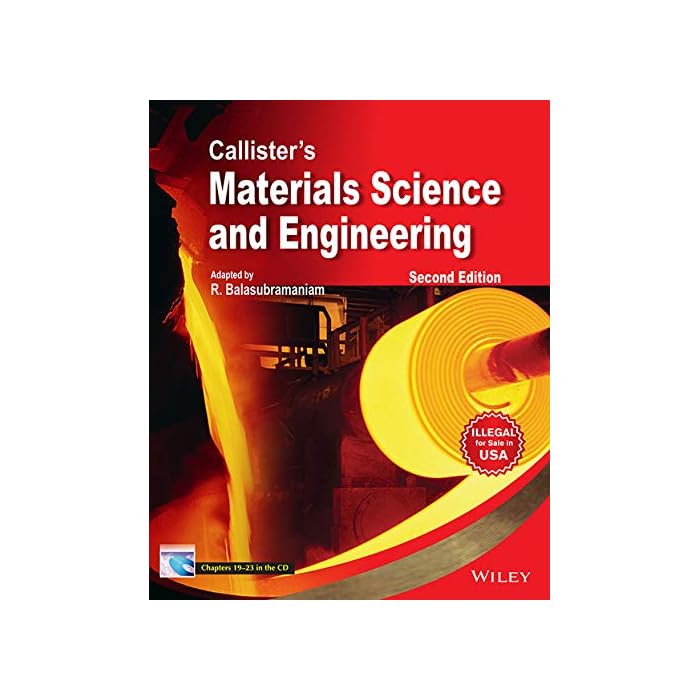

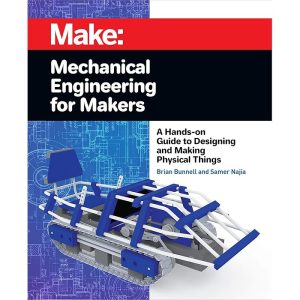
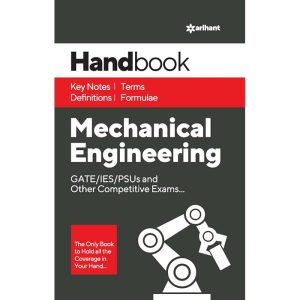
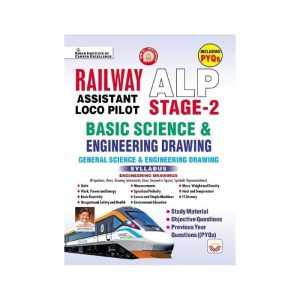


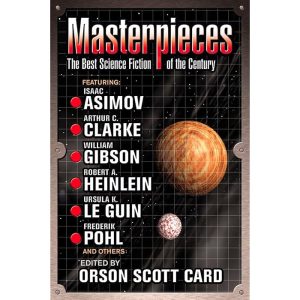
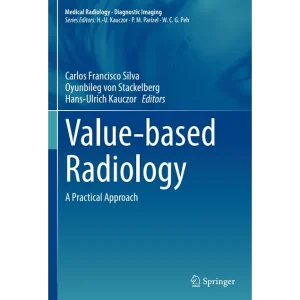
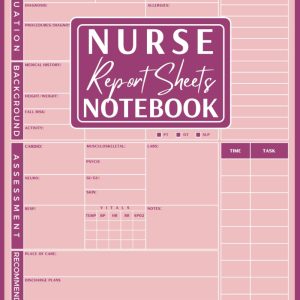

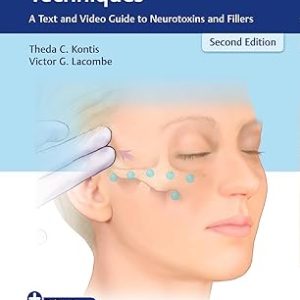

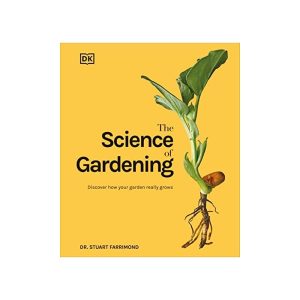

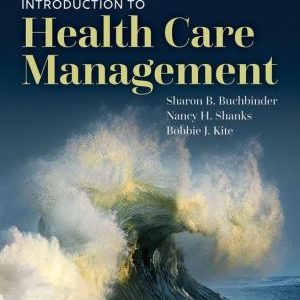
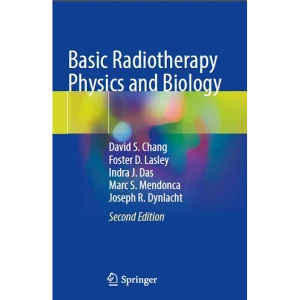
Reviews
There are no reviews yet.